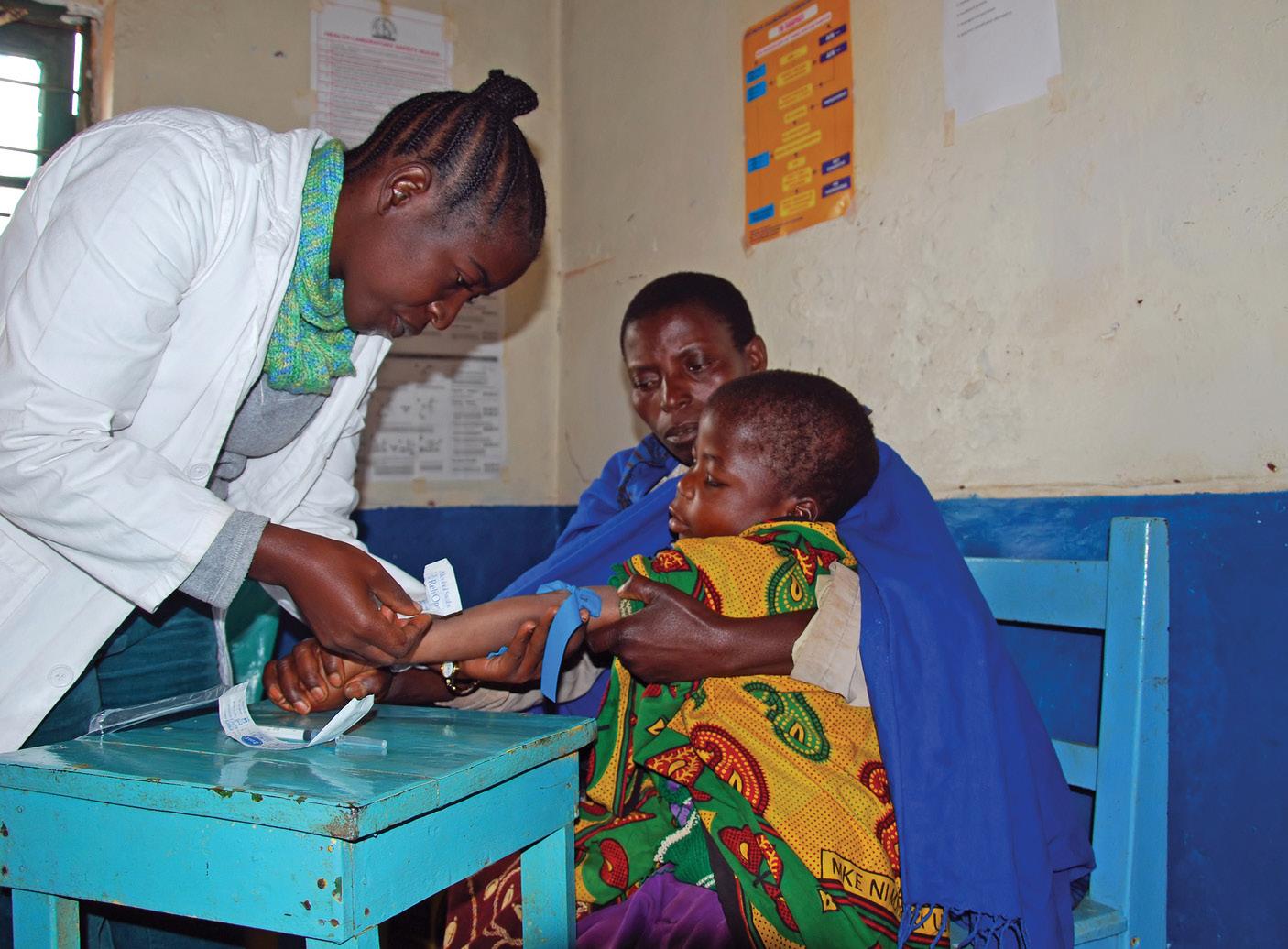Continuing Funding for Detection & Prevention PREDICT is just one program within the Emerging Pandemic Threats (EPT) program at USAID. Overall, the EPT program focuses on various ways to strengthen disease prevention, detection, and response capabilities in developing countries through their PREDICT, PREVENT, IDENTIFY, and RESPOND programs. Of the four EPT programs, however, only PREDICT is focused on identifying deadly diseases before they spillover into the human population. DOD’s Defense Advanced Research Projects Agency (DARPA) announced a new initiative called PREEMPT to prevent spillover of emerging pathogenic threats by using innovative systems biology approaches to enable near-real time surveillance and
interventions in high risk countries, and CBEP is placing more emphasis on establishing laboratory institutional capacities in priority, high-risk countries. PREDICT currently works in 30 countries, using the One Health approach and minimizing pandemic risk through a number of areas. These areas are: surveillance, laboratory platform, behavioral risk, capacity strengthening, modeling and analytics, and information management (UC Davis, 2017). In addition to PREDICT, the Global Virome Project (GVP) has been proposed by USAID and other NGOs. The proposed project is a 10-year public/private consortium with the goal of identifying unknown viruses from around the world. By attempting to identify and categorize viruses from around the world, the GVP is working to determine what viral threats the world is facing before they cause a major pandemic. The goal of the program is not only to identify unknown viruses, but also host ranges and behaviors that lead to spillover. The GVP anticipates six key benefits from the program. The first is that the project will characterize the geographic scope and host range of viruses. Through the work of the project scientists, we will have a better understanding of reservoirs and transmission dynamics. The second key benefit is that GVP can identify behaviors that cause spillover and implement mitigation strategies. Third, the project can monitor the movement of viruses across regions. Fourth, the project will allow countries and international organizations to establish global surveillance networks and strengthen local disease surveillance capacity. Lastly, the GVP is expected to identify “transmission and pathogenicity markers” for
46
Global Leadership at a Crossroads
















